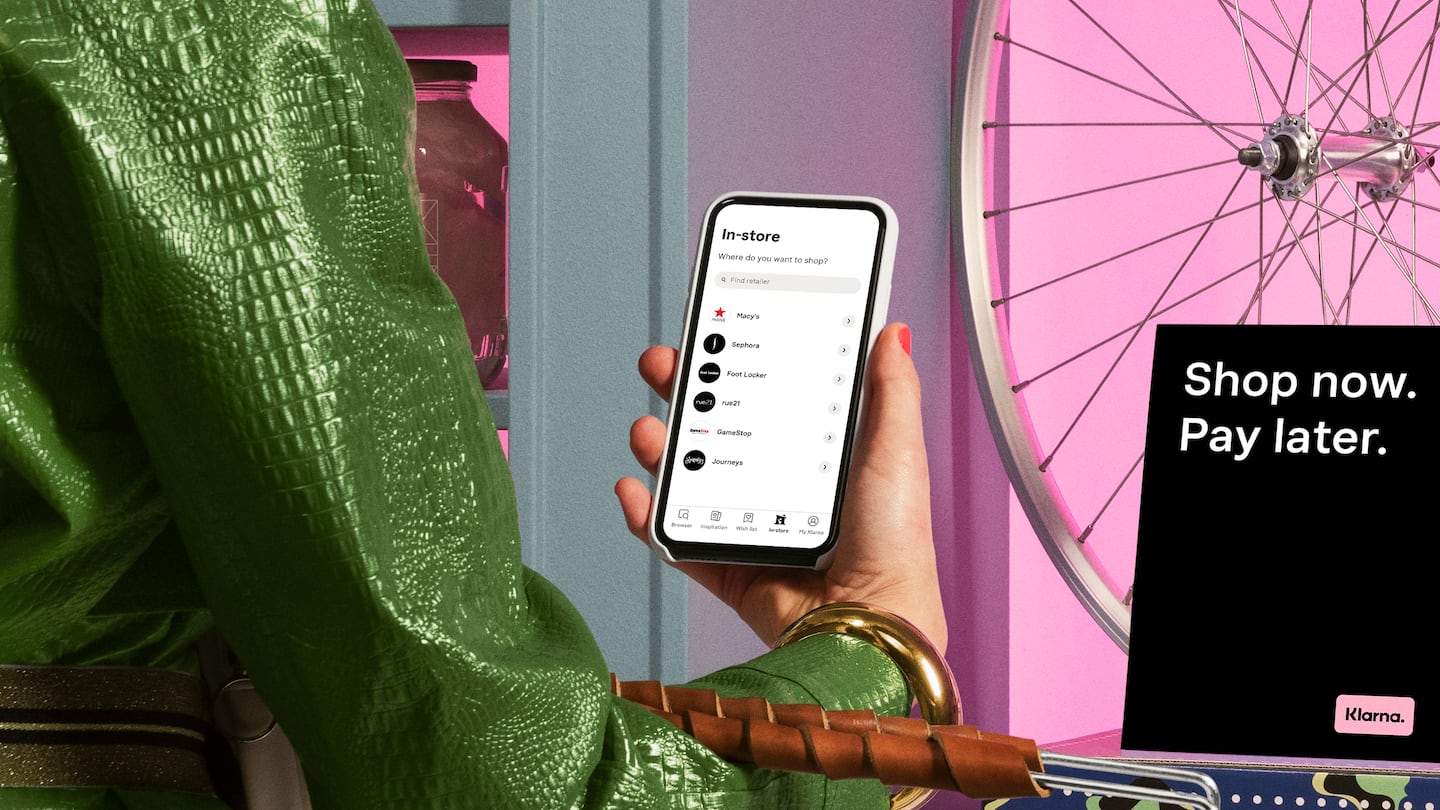
The Business of Fashion
Agenda-setting intelligence, analysis and advice for the global fashion community.

Agenda-setting intelligence, analysis and advice for the global fashion community.

The “buy now, pay later” later industry is falling back to earth.
The most recent sign of trouble comes from Sweden’s Klarna, which on Monday closed its latest financing round at a valuation of $6.7 billion, down from a stratospheric $45.6 billion just a year ago. Similarly, the value of US-based Affirm’s value has fallen to $6.1 billion, well below its roughly $47 billion peak in November.
Last month, the Australian BNPL company Latitude also rescinded its offer to acquire another company’s BNPL business, citing market conditions and in May, it was again Klarna in the news laying off 10 percent of its staff.
While tech stocks have widely taken a hit in recent months, the BNPL sector has been slammed. After benefitting from a pandemic surge in customers, it’s now facing a challenging mix of rising interest rates, borrowers missing payments, overcrowding as new players jump in and growing calls for regulation.
ADVERTISEMENT
Yet BNPL isn’t about to go away. In its most recent financial update, released in late May, Klarna reported 150 million active consumers globally using its service, up 60 percent from the same period last year. Its retail partners and total merchandise sales grew as well. Affirm said it more than doubled its active consumers in its latest quarter versus the prior year. Afterpay, in its annual report in February, also boasted a rise in consumers and other key measures.
Apple’s entry into the arena also looks like a major vote of confidence from the tech giant in BNPL’s future.
Fashion and beauty sellers are paying close attention, since those categories are among the most popular consumers buy using these services. But there are reasons to think those are the sorts of purchases that pose the greatest challenge to the industry.
BNPL companies let shoppers pay in instalments without interest, which is why they pitch themselves as an alternative to credit cards. Generally speaking, they make their money from charging the merchants they work with, not shoppers, except in cases like late fees or longer-term payment plans.
The fees can range from 1.5 percent to 7 percent of the purchase price — higher than many credit cards. But retailers sign up because offering BNPL can lift conversion rates 20 percent to 30 percent and order values 30 percent to 50 percent, by one estimate. It can also be a way to attract new customers, especially young ones.
The model worked well enough when financing was flowing freely and e-commerce was soaring. But inflation and rising interest rates have made investors pickier and look set to dampen consumer spending. Many BNPL players were already recording losses as they spent to fuel their expansion and meet rising costs. It’s unclear how they’ll fare as they contend with tougher economic conditions, more missed payments and higher borrowing costs themselves as they seek funds to cover the rising number of BNPL purchases.
Regulations could also put capital requirements in place, force retailers to put clearer disclosures about consequences of late payment like fees and credit risks at the point of checkout or add stricter checks to ensure shoppers can afford to make payments.
It could be many companies in the space were offering a deal that was too good to be true, at least in the long-term. The costs for BNPL providers to offer their services can easily be made up on high-value purchases, but it becomes harder when shoppers are buying cheap items like a $10 T-shirt from a fast-fashion chain. BNPL companies can have different minimum purchase requirements, but they still tend to be low, ranging from $10 to $35.
ADVERTISEMENT
A recent report by Harvard’s Mossavar-Rahmani Center for Business and Government said BNPL can work for expensive purchases but when it comes to lower-value transactions, “the unit economics have a harder time demonstrating the potential for profitability as standalone products.” That’s because the fees struggle to make up for the cost of services and customer acquisition, it said.
Redburn, a UK equity research firm, drew the same conclusion about their standalone viability in a report last year, adding their option “is to evolve, be acquired or end up disappointing on long-term profitability.”
Experts suspect smaller players will eventually go out of business or be acquired, while the bigger ones may need to add new revenue streams, such as ads. Redburn said it believes Klarna’s plan is to move toward a super-app model where it evolves into an e-commerce platform with its own payment system at the centre.
Retailers shouldn’t expect BNPL to disappear, but it will likely change over time. Fees could go up. New rules could add a little more friction to the checkout process. Part of its future may entail BNPL providers using it as a tool to lure customers who may pay for other products or services.
“What the Apple move telegraphs to me is that increasingly Buy Now Pay Later is being seen as a feature, not a standalone business,” Jordan McKee, principal research analyst at 451 Research, told Reuters.
Shoppers, meanwhile, look likely to keep using the service, risks and all, as long as they’re allowed.
The nature of livestream transactions makes it hard to identify and weed out counterfeits and fakes despite growth of new technologies aimed at detecting infringement.
The extraordinary expectations placed on the technology have set it up for the inevitable comedown. But that’s when the real work of seeing whether it can be truly transformative begins.
Successful social media acquisitions require keeping both talent and technology in place. Neither is likely to happen in a deal for the Chinese app, writes Dave Lee.
TikTok’s first time sponsoring the glitzy event comes just as the US effectively deemed the company a national security threat under its current ownership, raising complications for Condé Nast and the gala’s other organisers.